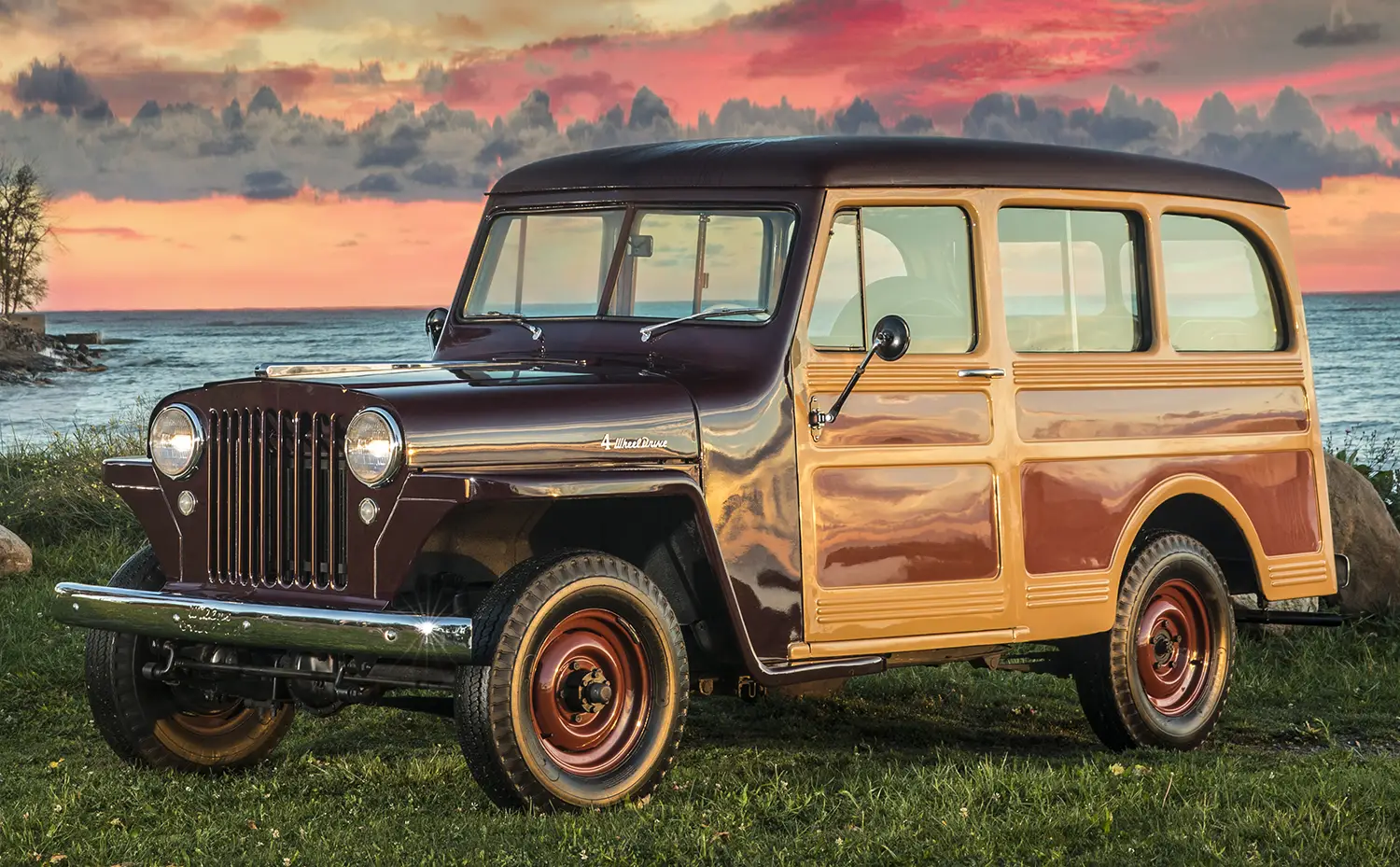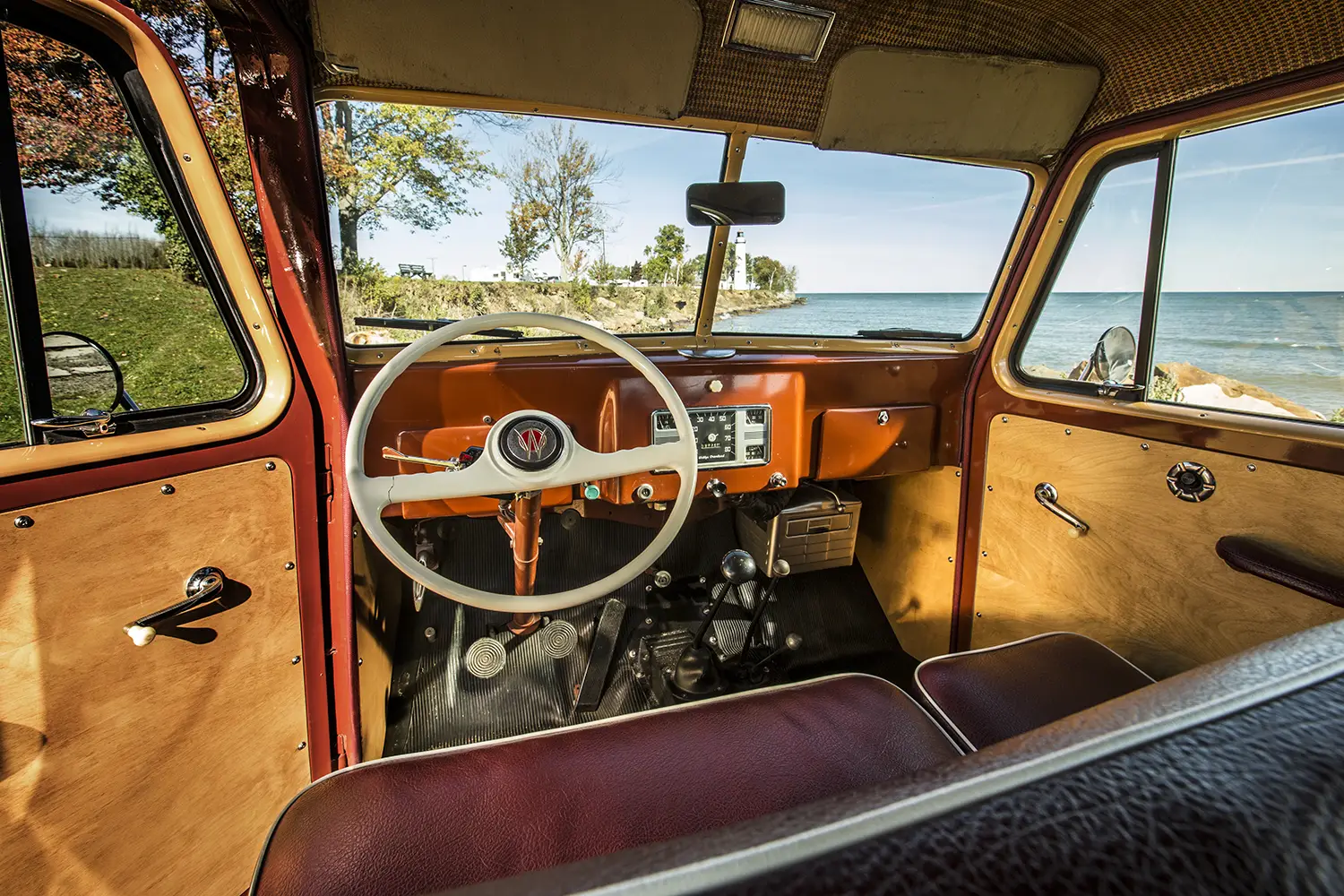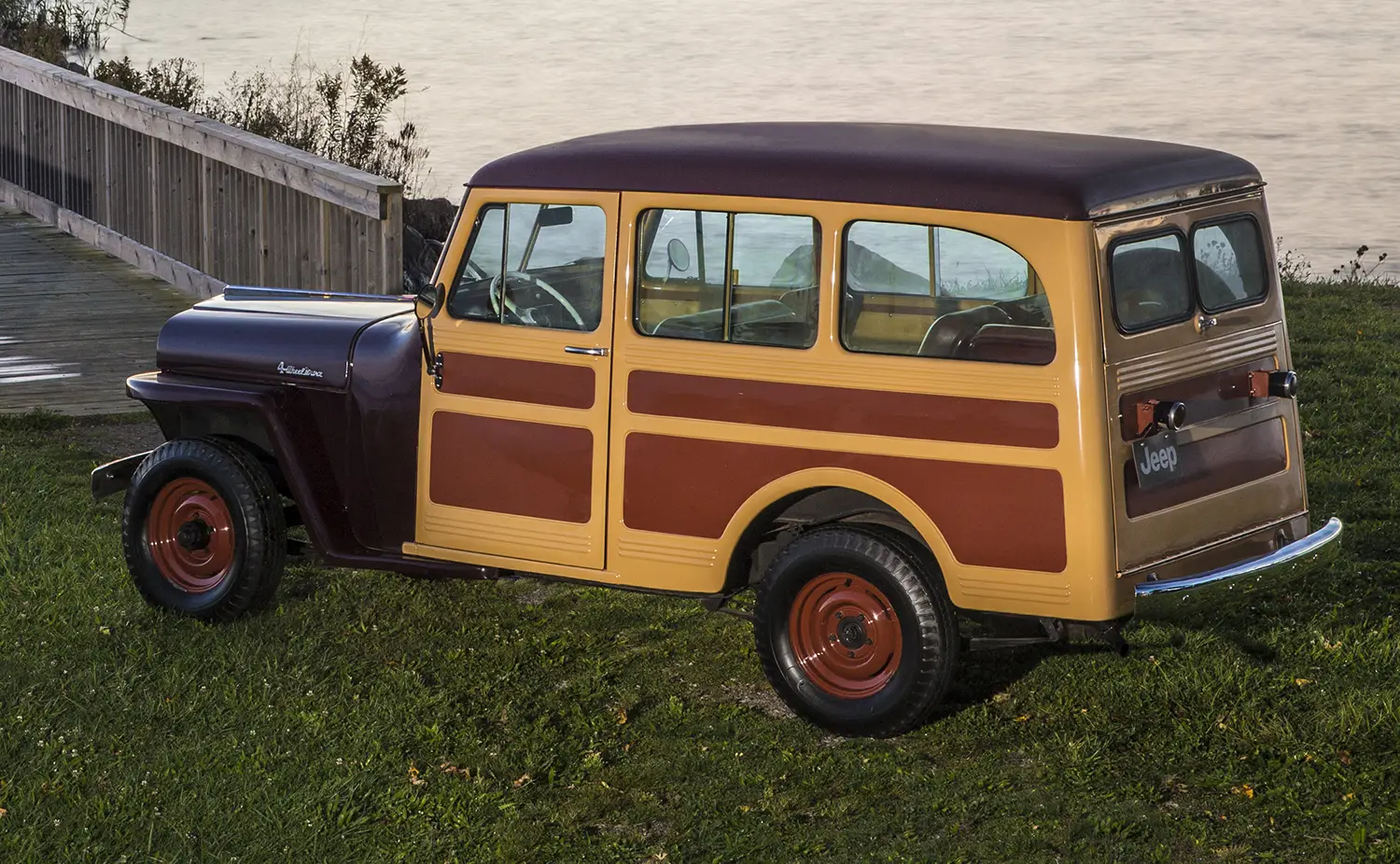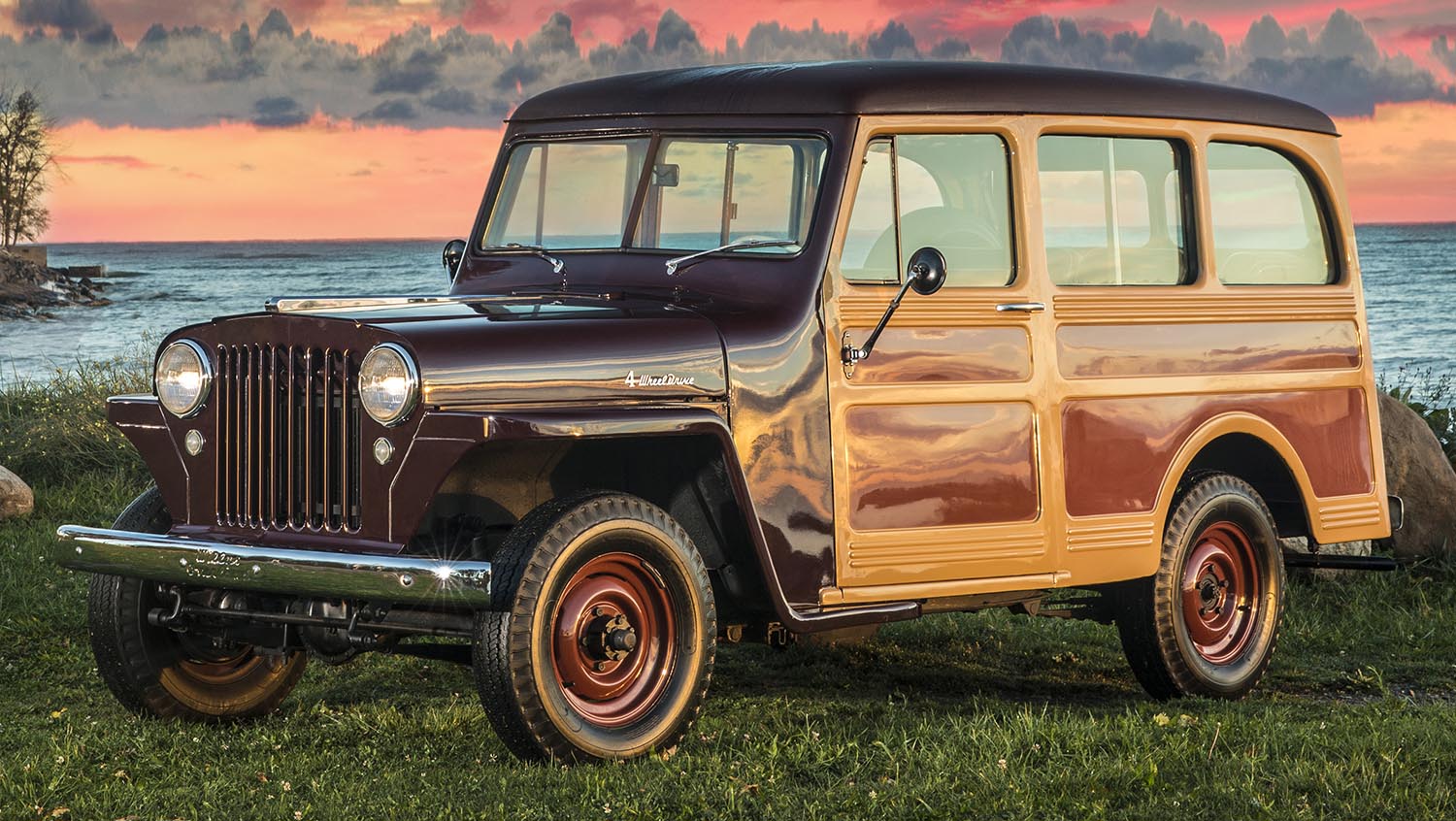
When it first appeared in 1946, the 1946-1965 Jeep Willys Wagon marked a turning point in automotive design. The first all-steel station wagon offered to non-commercial buyers, it blended utility with post-war innovation. Early challenges in production shaped its unique appearance and lasting legacy.
Jeep Willys Wagon Origins and Post-War Context
Following World War II, automotive demand surged, yet low-volume manufacturers struggled to secure stamping contracts. Willys-Overland faced a supply bottleneck that influenced the design of its first station wagon. Company president Charles Sorenson turned to designer Brooks Stevens to craft a body that could be produced using refrigerator stamping suppliers.
Brooks Stevens’ Design Innovation
Stevens’ solution featured shallow panel sections that mimicked wood, a clever workaround for limited stamping capabilities. These panels stayed consistent through the production run until 1962. The design not only fulfilled manufacturing constraints but also created a distinctive aesthetic, recognizable even decades later.

Evolution of Drivetrain Options
Initially, the Willys Wagon launched with two-wheel drive in 1946. By 1949, four-wheel drive was added, expanding its versatility and appeal. This shift highlighted the model’s adaptability for both urban and off-road use, cementing its place in Jeep’s lineage.
Heritage Spotlight: Steel Body and Longevity
The all-steel construction of the Willys Wagon distinguished it from earlier wood-bodied wagons. This innovation contributed to durability, safety, and ease of maintenance. It was one of the first mass-market vehicles to prove that steel could replace wood without compromising style.
Performance and Utility Focus
While primarily a utility vehicle, the Willys Wagon offered reliability and efficiency. Its drivetrain, initially simple, evolved with four-wheel drive, giving it capability beyond standard passenger wagons. The engine lineup favored consistent performance, supporting families, work tasks, and recreational use alike.

Lasting Cultural Impact
The Jeep Willys Wagon’s influence extends beyond engineering. Its design language and practicality inspired future station wagons and crossover concepts. Today, enthusiasts recognize it as an icon of post-war automotive ingenuity.
Summary
The 1946-1965 Jeep Willys Wagon combined post-war necessity with innovative design. Brooks Stevens’ all-steel, wood-like panels and the introduction of four-wheel drive created a versatile, enduring station wagon. Its heritage remains a testament to creative problem-solving in automotive history.
Disclaimer: Content on this site is for informational purposes only. Vehicle specs, pricing, and availability may change. Always verify details with official sources before making decisions. Opinions are those of the authors.
Source: Stellantis

